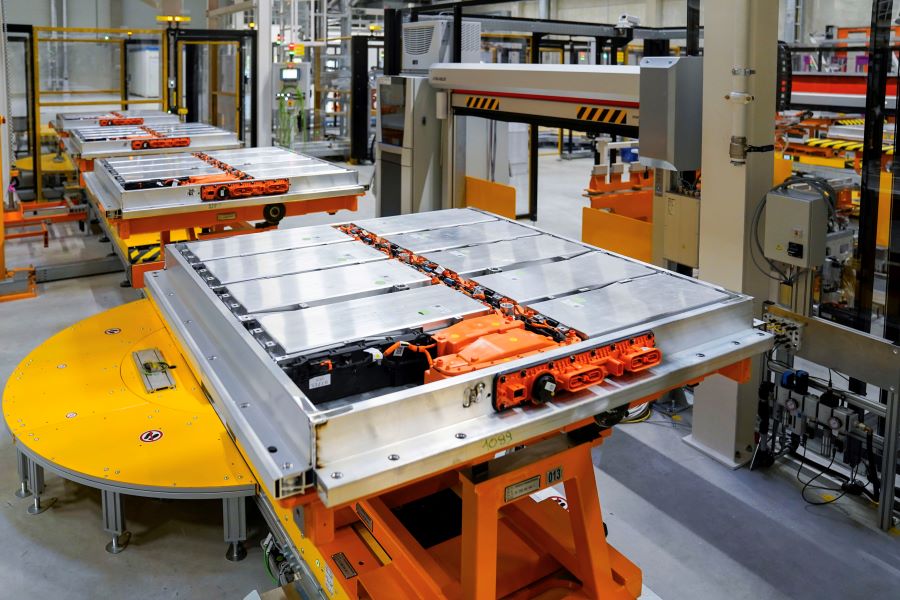CAMBRIDGE, England—Demand for battery-powered backhoes, excavators and other types of construction equipment is expected to skyrocket during the next decade. In fact, IDTechEx predicts the industry will grow 37 percent annually. Benefits of electric power include clean, quiet operation, instant torque and easier maintenance vs. traditional diesel alternatives.
However, according to IDTechEx, there is a battery price tipping point, under which it will be cheaper over the vehicle lifetime to operate an EV. Selecting the right chemistry is important to reduce operating costs and ensure peak performance.
European engineers typically favor nickel manganese cobalt (NMC) for construction equipment applications, while their counterparts in China tend to prefer lithium iron phosphate (LFP) batteries.
Unlike most other types of EVs, battery weight and power density are not big issues for off-highway vehicles. For instance, electric tractors don’t tend to have large spikes in power demand and are more likely to operate at a steady rate for a long time. In fact, the majority of battery-powered construction machines have a peak discharge requirement of less than 1C, with 25 percent of vehicles requiring less than 0.25C peak discharge.
Both NMC and LFP offer the required performance for construction applications, happily coping with the peak discharging requirements, and having high enough volumetric and gravimetric densities to fit in the machines.
“Speaking broadly, NMC tends to be a higher-performance battery than LFP, with better energy and power densities, but coming at a premium,” says James Jeffs, Ph.D., senior technology analyst at IDTechEx. “It would make sense then for the industry to select LFP. It offers all the needed performance while helping minimize the premium of building an electric vehicle, the No. 1 priority for electric construction vehicles.
“The best explanation is that it has been a case of availability,” explains Jeffs. “Most of the electric construction development so far has used battery pack suppliers, such as Northvolt, Forsee and Volta, and most of their products use NMC. [Our] research finds that more than 75 percent of the offerings from European and North American pack manufacturers use NMC.
“Another possible contender for the construction industry is sodium-ion,” Jeffs points out. “This is an emerging chemistry and does not have an established market yet. The key thing to know is that sodium-based solutions can be produced at lower costs than lithium ones, but they will not have the same performance.
“In this respect, they share the qualities of LFP,” says Jeffs. “The issue is that they are not yet a scaled solution, so they are more expensive than both LFP and NMC, while having worse performance. Sodium, therefore, does not make sense in the construction industry for the time being. However, when scaled and delivering the promised price reduction, it could be a prime match for the needs of this [evolving] market.”






